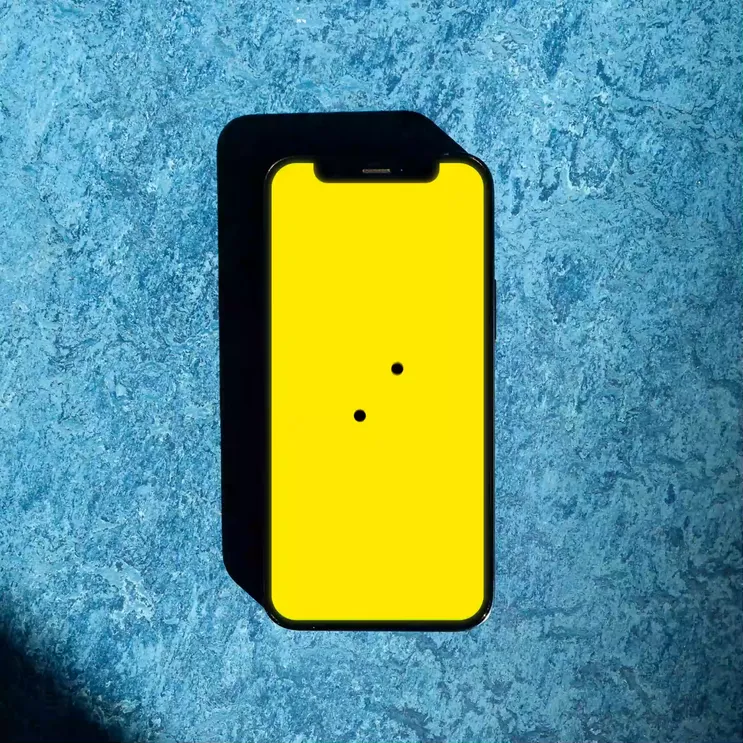UX & UI
7 min read
What is Jobs to be Done and How to Use It in Real Life
The Jobs to be Done theory has been around for some time, yet it still leaves many people confused about what it is exactly and how it could help them build and design better products.
What is Jobs to be Done?
So here’s the simplest explanation of Jobs to be Done (JTBD) that you can find online:
Jobs to be Done is a theory, recently transformed into (or often confused with) a methodology or framework, that focuses on finding the real needs of the user in a specific market segment. It’s based on the idea that whenever a customer is using a product, she does it for a specific reason, coming from a real need – a “job”. Jobs to be Done facilitates the discovery process of the real needs users have, which involves a variety of methods and tactics, including data analysis, user testing, user interviews, market research, focus groups etc.
You don’t learn JTDB, there’s no universal framework, it’s a discovery process that could involve a number of well-known or brand new methods, practices, etc.
Simple, right? Well, not exactly.
So how is Jobs to be Done different from traditional market and UX research methods?
Jobs to be Done is like a different lens through which we’re looking at products, customers, and markets. It focuses not on WHAT people buy and use, but WHY they do it.
Women don’t use nail polish to paint their nails in red, they do it because they want to feel attractive.
You don’t buy a new vacuum cleaner because you enjoy cleaning, you do it because you want to live in a clean, tidy home and save time.
These are just a couple of simple examples to illustrate that the focus of analysis in JTBD is not the product or the user, it’s the “job” the customer is trying to get done and the motivation behind it.
Why is it a pain point? What is causing the need for this job?
Another important difference from more traditional UX methods is that Jobs to be Done examines not HOW a user is using a product, but WHY she is using it.
The market and user personas in Jobs to be Done don’t consist of users with similar demographics and behavioural characteristics. The customer segment in JTBD revolves around the different ways consumers are trying to solve specific problems and get the job done.
Why is Jobs to be Done the future of product delivery?
One of the most important aspects of the JTBD theory is that it’s a very effective approach to predict the market need for new products and features, because it examines the ever-evolving consumer’s needs, instead of focusing purely on analysing historical data and product performance.
“Jobs” are not tasks – they’re needs that constantly change and transform into new needs, so a new product or feature is born when the consumer has a new Job-to-be-done (need) and is subconsciously looking for a solution to get that “job” done. Jobs are often described as the progress the user is trying to make.
JTBD makes innovation more predictable because it focuses on what customers are trying to achieve, solve, get done. Most of the other approaches focus on offering a better solution for an existing problem, while JTBD is proactively looking for new product and market opportunities, almost like trying to predict the future.
How to use JTDB as a designer, founder or product manager
There’re 2 core components/stages of using the Jobs to be Done theory:
- Discovering what challenges a specific consumer group is having and how they’re trying to solve them (what are the “jobs” they’re trying to get done).
- Predicting what product, feature or solution would help them solve these challenges in the easiest possible way (help them get the job done).
So here’s a practical example. Imagine you’re using JTBD for a new financial app for day-to-day saving. To apply the Jobs to be Done theory correctly you need to:
- Discover what are the current users trying to get done – what are the challenges they’re experiencing – NOT with the app, but with their money management habits; why they use an app for this, what other apps they’re using to manage their money, what’re their saving rituals and routines, what’s their main motivation for saving, etc
- To conduct this phase you can use a combination of methods and tactics (user interviews, focus groups, market research, BI and consumer data analysis, etc), and this would be different for every project, industry and “job”. There’s no fixed set of tools or strategies here, options are limitless.Based on the findings from the discovery phase, you have to identify the easiest, most cost-effective and user-friendly way to execute a solution that solves the “jobs” you identified. Prototyping, UX testing and experimentation are very typical for this phase and the results are usually:
- new or removed features
- product pivot
- or even a completely new product
Jobs to be Done is most effective when used in the very early stages of a product’s life when there’s initial traction of users but the product is young enough to pivot quickly; or even better – when used by industry experts who’d like to launch a new product and JTBD helps them to identify the right MVP.
To help you understand Jobs to be Done even better, we’re working on a piece with practical examples of the JTBD theory applied in practice.























